Welcome to this month’s Seasonal Celebrations Digest. I am delighted to share seasonal celebration tips for both hemispheres below. Each monthly digest also includes links to previous articles and podcast episodes, providing information on the history, traditions and folklore for each seasonal celebration.
In the southern hemisphere, July 1st marks the start of the Yule season and the celebration of Lussinatte (Lussi’s Night). Midwinter in Australia and New Zealand occurs on the 15th of July, and the Saturday closest to the 15th is typically the best night to host a Yule celebration.
In the northern hemisphere, the weather continues to warm towards high summer. Enjoy a month with no big celebrations, a languid pace, heat and ‘dog days’.
Please feel free to share the little moments of magic you create in July, whether it is a small and personal token that has meaning only for yourself, whether you create seasonal magic with decorations, food or special moments for your family and friends, or whether you put on a big and extravagant affair.
It is a special thing to continue, adopt or create you own traditions and recipes, however you prefer to celebrate the season. Magic happens when you create memories with personal rituals decorations and food that nourishes the soul as well as the body.
Have a lovely, joy-filled Yuletide for those of you in the southern hemisphere and hopes for a languid and gentle month for those in the northern hemisphere.
Enjoy!
Southern Hemisphere
Lussinatte (First Day of Yule) - July 1st
In Australia and New Zealand, July 1st marks the first day of Yule, a two week-long festive occasion celebrating winter and culminating with Yule at mid-winter. In pre-Christian Scandinavia, Lussinatte (Lussi/Lucy’s Night) was observed on the longest night of the year, when it was believed that the powerful Scandinavian vettir (spirit) of winter, Lussi roamed the earth. To protect hearth and home, people stayed awake through the night with fires, lights, and noise to drive Lussi away.
With the arrival of Christianity, Lussinatte gradually merged with the feast day of St. Lucia (St. Lucy), an early Christian martyr, whose name means “light”. In Sweden, this evolved into St. Lucy’s Day, celebrated on 13th December, where a girl dressed in white with a red sash and crown of candles leads a procession of girls dressed in white, and boys in star costumes, holding candles and singing.
Celebration Tips
There are so many fun things to do to celebrate this festive season, but foremost, make sure your house is cleaned, your animals are well tended, and you have a fresh set of clothes for Yule before the start of the month, lest you provoke Lussi’s wrath. Bake and eat lussikatter, brioche bread shaped into forms that represent Lussi’s cat’s eyes. Stock up on candles. Lay out a candle wreath, or special candelabra and light the candles every night of Yule.
Put up a Yule tree (either reuse your Christmas tree or bring in a fresh cut pine tree). Decorate it and your home with strings of light and deck the halls with evergreens. Add to the winter decorations with Scandi-themed festive ornaments,Nisse/Tomte (gnomes), Julbok (Yule goats), toadstool mushrooms, and robins. Make Yule decorations: plaited paper hears, straw ornaments, dried orange slices, pomanders (clove-studded oranges), and cardboard gingerbread houses. Hang a podłaźniczka (Polish - decorated pine bough) over your dining table. Make and display a badnjak (Slavic - decorated oak bough), a Yule Log (or Yule Faggot).

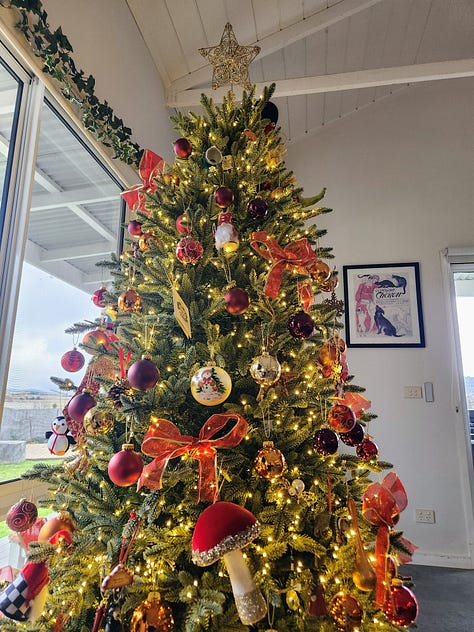
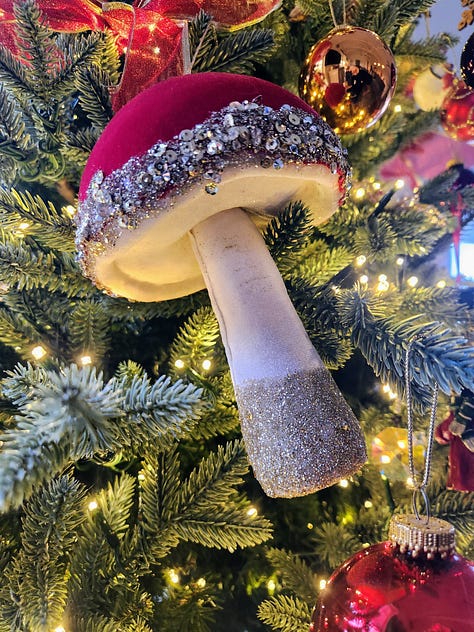
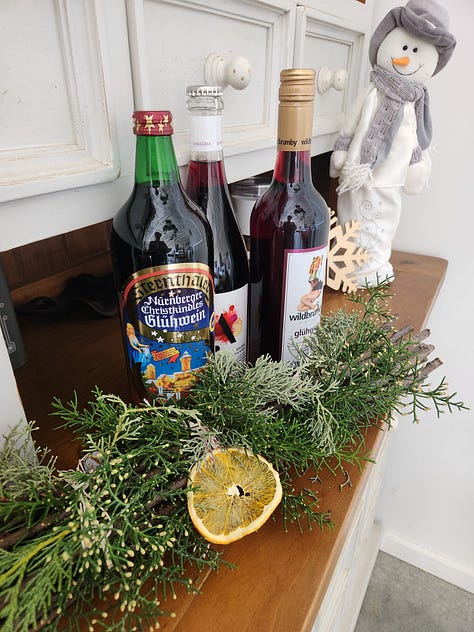


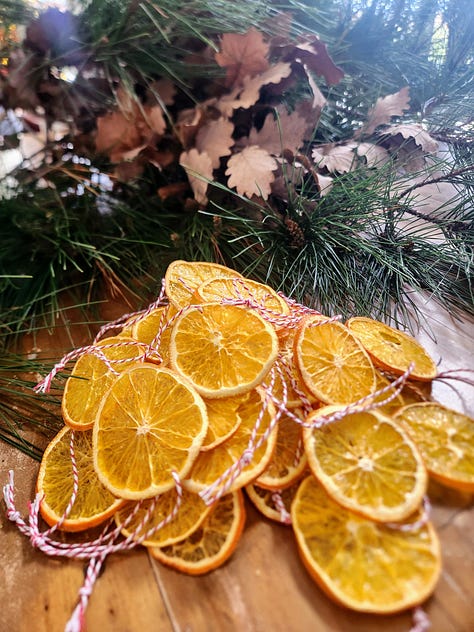
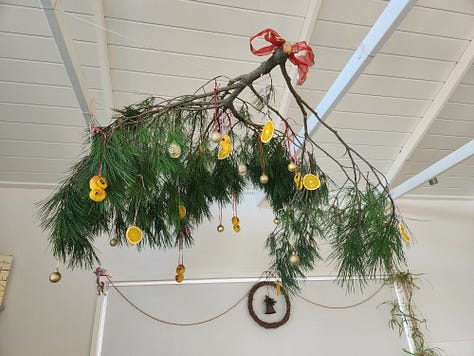
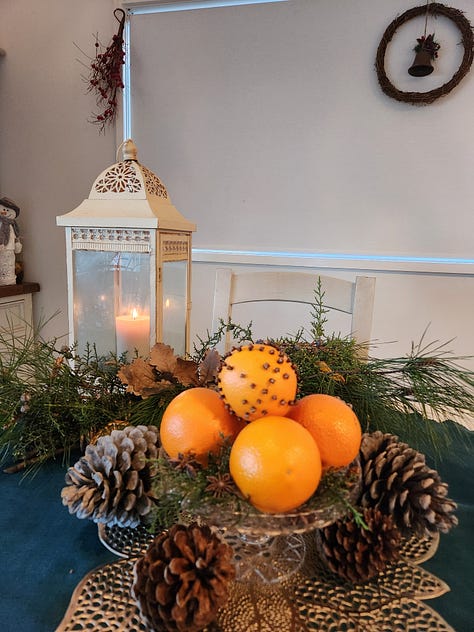
After a busy day of decorating, making, and baking, spend a quiet night at him and celebration in the spirit of the Icelandic Jólabókaflóð (Yule book flood) - gift yourself and family members with a new book and spend the night reading, in your cosiest pyjamas, warm socks and blankets, by the fire (or heater) with a hot cup of cocoa.
Yule (Midwinter) - July 15th
Yule is an ancient midwinter festival rooted in the traditions of Germanic and Norse peoples, celebrating the rebirth of the sun and the turning of the year. Traditionally observed over twelve nights, beginning on the winter solstice, Yule marked a sacred time of feasting, storytelling, and honouring both gods and ancestors. Customs included burning the Yule log to bring light and warmth into the darkest days, decorating with evergreens like conifers, holly and ivy to symbolise enduring life, and leaving offerings for house spirits or the Wild Hunt - a ghostly procession said to ride across the winter skies. Wassailing, gift-giving, and lighting candles were all rituals to call back the light and life. Many of these ancient Yule traditions have evolved into modern Christmas celebrations.
Celebration Tips
July is a popular month for ‘Christmas in July’ celebrations and winter markets, so take advantage of these festive opportunities. If you’re planning to host a Yule or ‘Christmas in July’ party, organise the details in advance and send out invites with plenty of notice. Think about the menu, foods and drinks you’d like to serve, whether you’d like to invite guests to bring a plate, and what activities you’d like to introduce. You may like to use my Spotify playlist here for inspiration.
My Yule celebrations involve a gathering of friends and neighbours for a traditional feast with roasted meats and vegetables, and platters brought by guests. Dessert always includes a Yule Log Cake topped with our Yule Gnome, and anything else guests bring. After the food is eaten and cleared away, everyone is asked to gather around the fire pit and given a glass of mulled wine (warm spiced apple juice for the children). The Yule Log, or in recent years, the Yule Faggot, is brought out to the fire pit. Everyone raises a cup to toast the Yule Log and for a good year ahead.
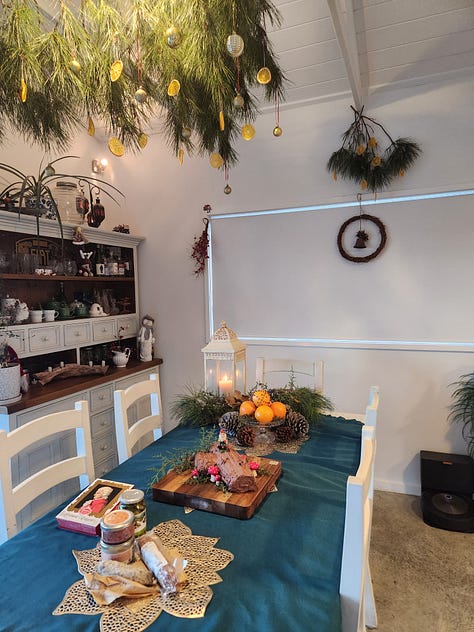
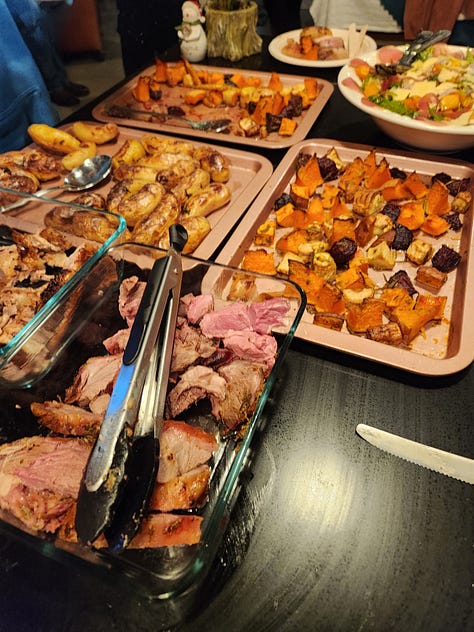

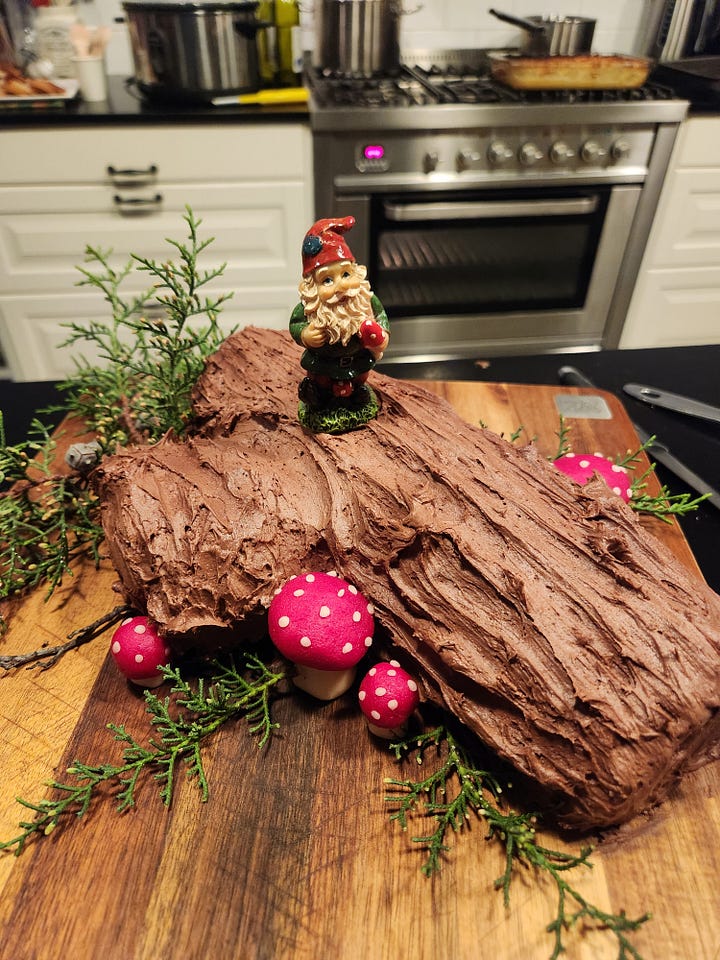
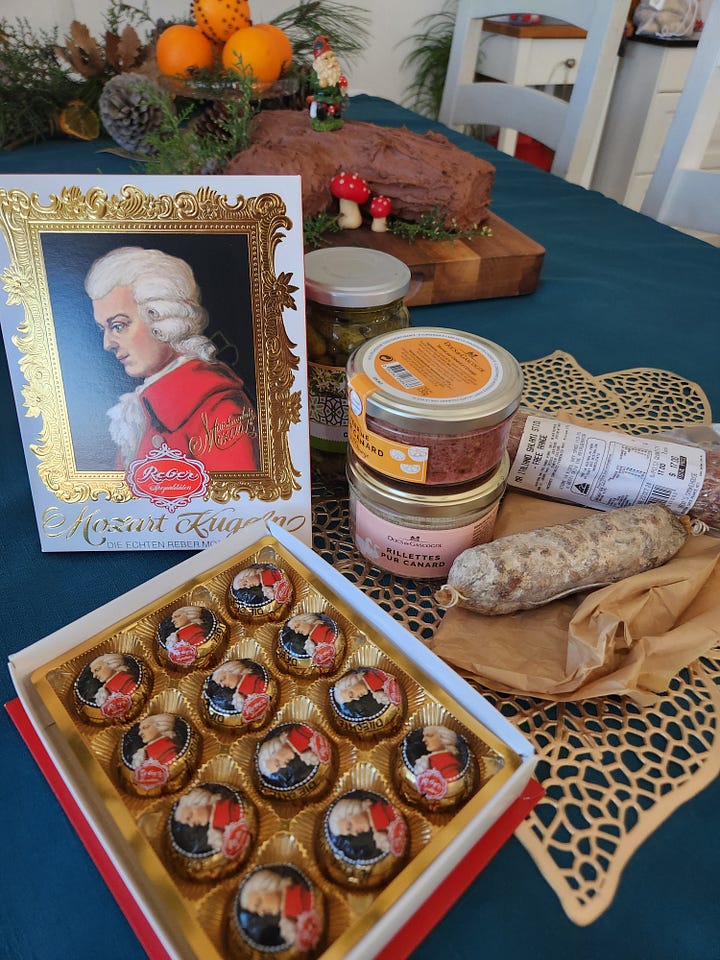
I couldn’t end this section without showing my gorgeous Swedish paper Yule gnomes, who are always up to mischief at this time of year.
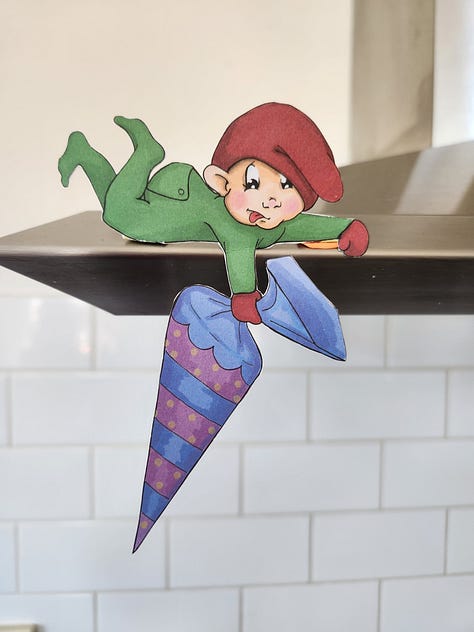
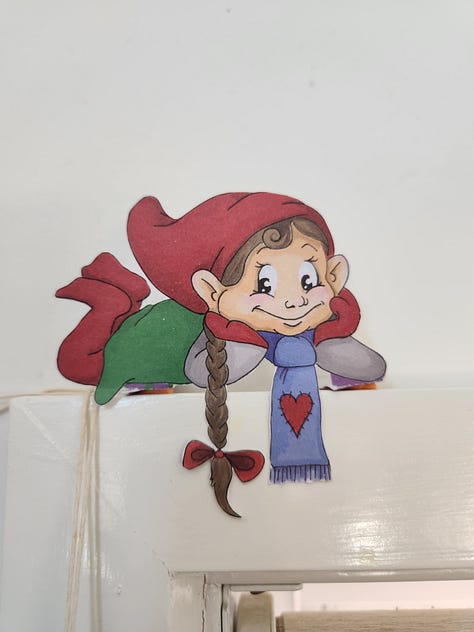
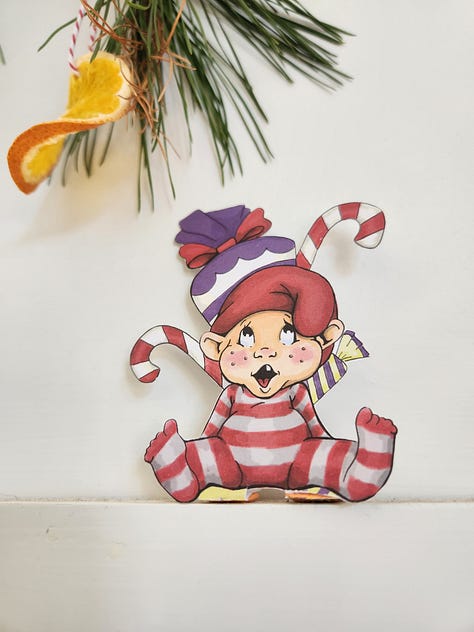
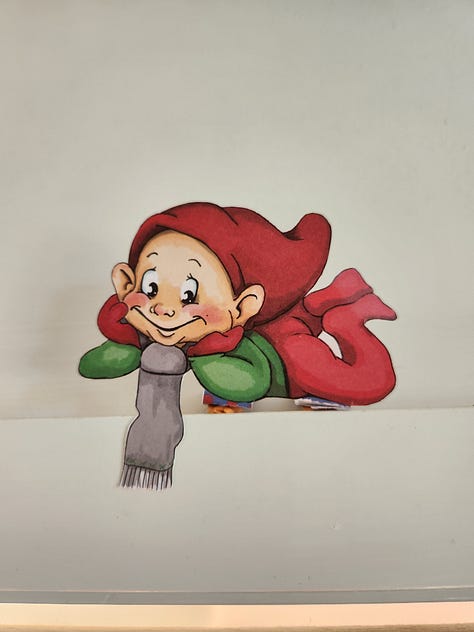
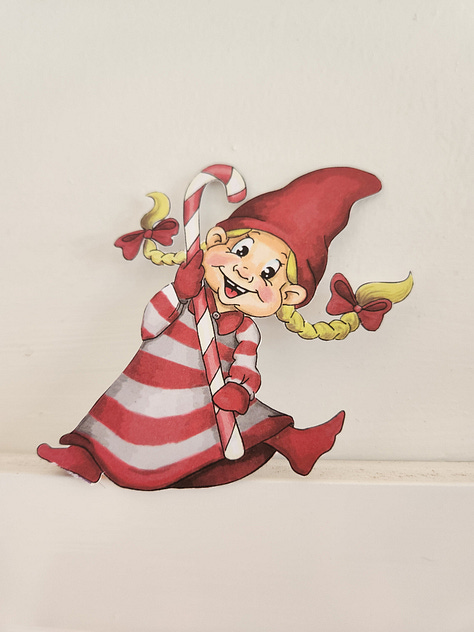
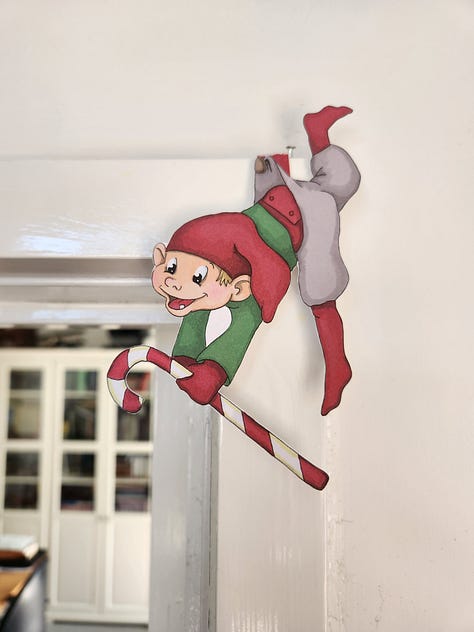
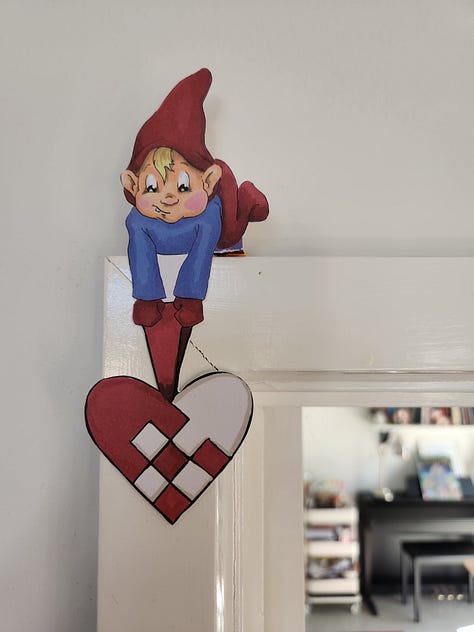
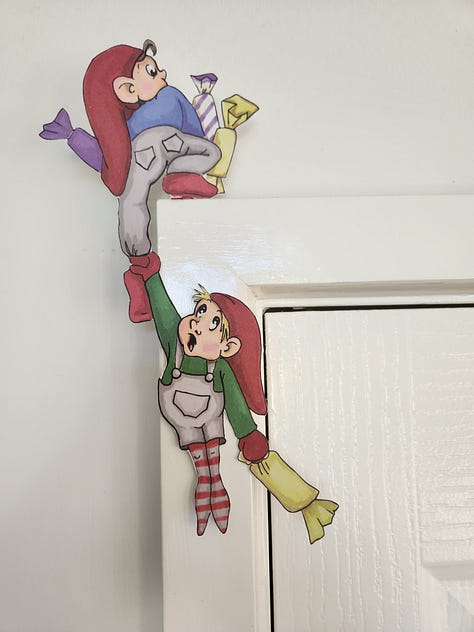
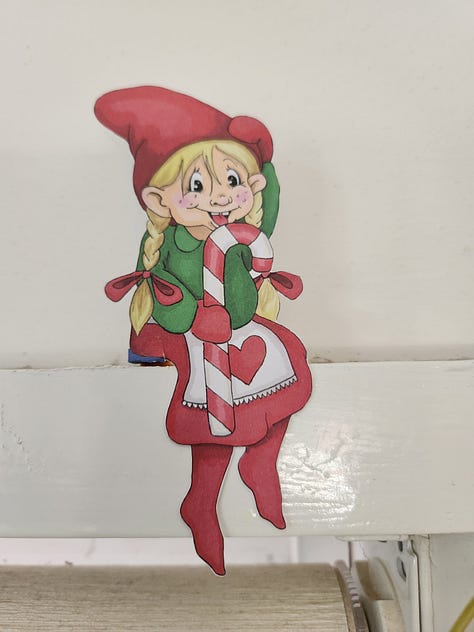
Wheel & Cross Episodes
The Wheel & Cross episodes below explore the history of Yule and winter traditions.
Northern Hemisphere
Just as the southern hemisphere falls deeper into winter this month, the northern hemisphere turns towards the Dog Days of Summer. The Dog Days of Summer refer to the hottest stretch of the year in the northern hemisphere, traditionally falling between early July and mid-August.
The name comes from the ancient belief that Sirius, the brightest star in the constellation Canis Major, rising with the sun during this time, intensified summer’s heat. Historically associated with drought, restlessness, and fatigue, the Dog Days were seen as a time to slow down, stay cool, and avoid unnecessary strain. Luckily, there are no big celebrations to plan for or participate in this month. Instead, spend time relaxing as much as possible, seek shade, stay hydrated, and give ourselves and others a little extra patience during the peak of summer.
Wheel & Cross Episodes
The episode below explores the Dog Days of Summer in much more detail, including ancient beliefs and astronomical information about the dog star Sirius and the dog constellation Canis major. There’s also a bonus section about Australian dogs.
Episode 32 - The Dog Days of Summer
Warning for Aboriginal and Torres Strait Islander viewers. This article contains images of deceased persons.
Coming Up in August…
Next month, in the southern hemisphere, we’ll explore the first stirrings of spring—the seasonal quickening—and the celebration of Imbolc, also known as Brigid’s Day, St Brigid’s Day, or Candlemas. In the northern hemisphere, as summer begins to wane, we’ll turn to Lughnasadh (or Lammas), honouring the first of the harvests—especially grains—and the final gathering of honey.





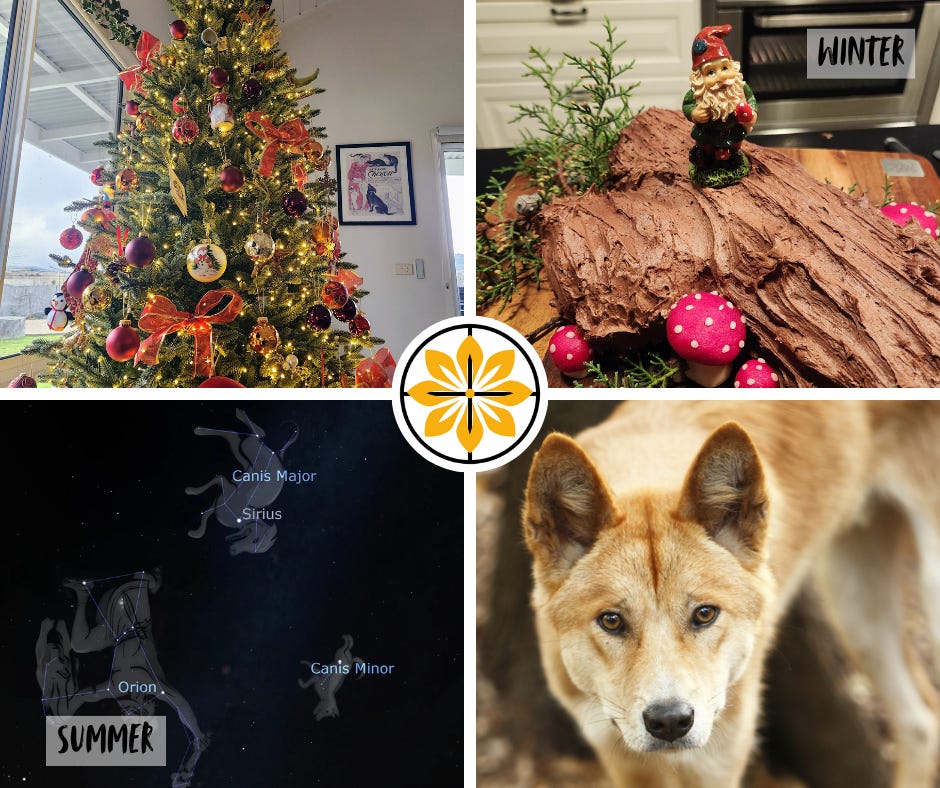






May your celebrations over the coming weeks be filled with joy and fun and love! x